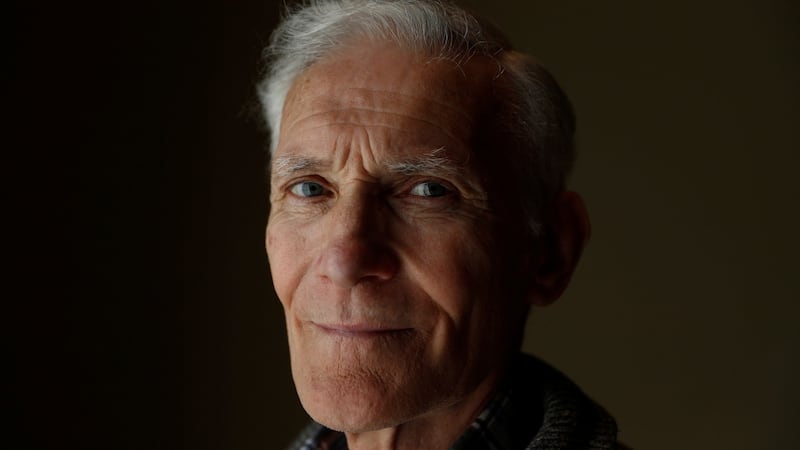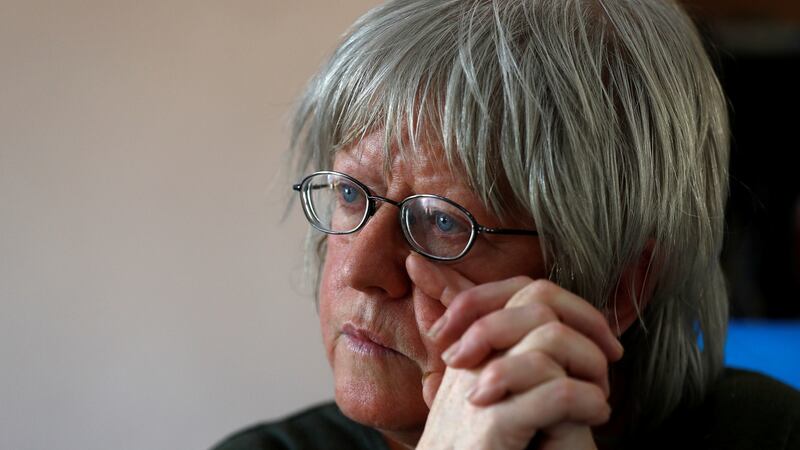Once again, we have witnessed a torrid, angry, emotional week in which demands for truth and justice abounded and enveloped discussion of the Tuam mother and baby home controversy.
Once again, Enda Kenny opined solemnly in the Dáil about the horrors of the Irish past after his speechwriters reached for new, more florid denunciations.
Other politicians scrambled to occupy the moral outrage space with indignant, sweeping assertions that fused partial history with current affairs, a common response in recent years to the revelations about historic institutionalisation.


Amid the cacophony, the dignity and personal testimony of those most closely affected stood out.
But whether the full “truth” will emerge is doubtful.
It is likely many will be dissatisfied with the outcome of whatever investigations are underway and others that might be undertaken, partly because so many support, survivor and pressure groups are demanding different things and partly because such is the impetus behind the loud and understandable insistence on the “truth”, that unrealistic expectations will be generated.
Too many unknowns
Catherine Corless has rightly been applauded for her painstaking research in establishing the number of children who died at the Tuam home.
Like other historians she also reached a wall in her research because the paper trail ran out and she could find no burial records.
Evidence is essential for anything approximating the “truth” to emerge and it is imperative that whatever evidence exists is located and brought into the public domain, but given the sheer number of relevant institutions (one estimate suggests 180), the absence of a common governance policy or legislative basis to many of these institutions, and the passage of time, how complete are the records and how feasible are multiple excavations?
The 2013 McAleese Report into the Magdalene Laundries could only draw conclusions based on the evidence located.
Enda Kenny described this report as a “document of truth” which is far-fetched; producing a report that would justify that description is an impossibility given the fragmentary nature of the evidence available.
Two of the most frequently used words in the report are “known” and “unknown”.
There are too many unknowns, which is not the fault of those who researched it.
Nor are archival records the answer to everything; when giving evidence before the Ryan Commission in September 2005, a senior Christian Brother, Michael Reynolds, observed: "I have one group of people saying there was a lot of corporal punishment and I have documentation saying there wasn't."
It will of course seem laughably ironic to many that the sisters of the Bon Secours congregation claim that since 1824 they "have brought compassion, healing and liberation to those they serve in a variety of settings" and that they "respond to a universal need: providing care to all who suffer and give them a reason to live and a reason to hope".
Others might have reason to validate these claims; either way it is unfair and unhistorical to decide that all nuns involved in these areas were devoid of humanity.
One of the descriptions circulating on social media last week characterised those involved in mother and baby homes as “Nazi nuns”, which is cartoon history.
Moral panic
What previous reports into institutionalisation and abuse have provided is a corrective to the atmosphere of secrecy and shame that surrounded these experiences for decades.
These reports have made clear a number of things: the Ryan report underlined that the extent of the sexual and physical assaults on children cannot be explained away by maintaining that Ireland was too poor and ignorant; there were much more calculated and sinister forces at work and a deliberate abdication of State responsibility.
The McAleese report highlighted that there was “a desire to protect ratepayers” from the cost of extra-marital pregnancies, and the Murphy report into child abuse in the Catholic diocese of Dublin, said that the “avoidance of public scandal” was paramount.
Historically, many societies have gone through fits of “moral panic” and have sought to condemn, hide and punish those they regarded as socially unacceptable.
The Irish moral panic was more pronounced and longer lasting than that elsewhere.
The preferred solution – to increasingly rely on incarceration without supervision, when such an approach was being abandoned elsewhere – suited far too many who were obsessed with the visibility of those whose behaviour or difference challenged the notion of the Irish as more chaste, pious and respectable than people elsewhere.
The reliance on so many institutions after the creation of the Irish Free State in 1922 was extraordinary and dehumanising.
The great irony is that this obsession with avoidance of scandal ultimately facilitated ever-greater scandal, but we may never know its full extent.
Nor are we in the throes of the last of the revelations regarding institutionalisation.
Those who were forcibly incarcerated in psychiatric institutions, many of whom should never have been in them, are also a part of this difficult history and we have a lot more to learn about their experiences.










